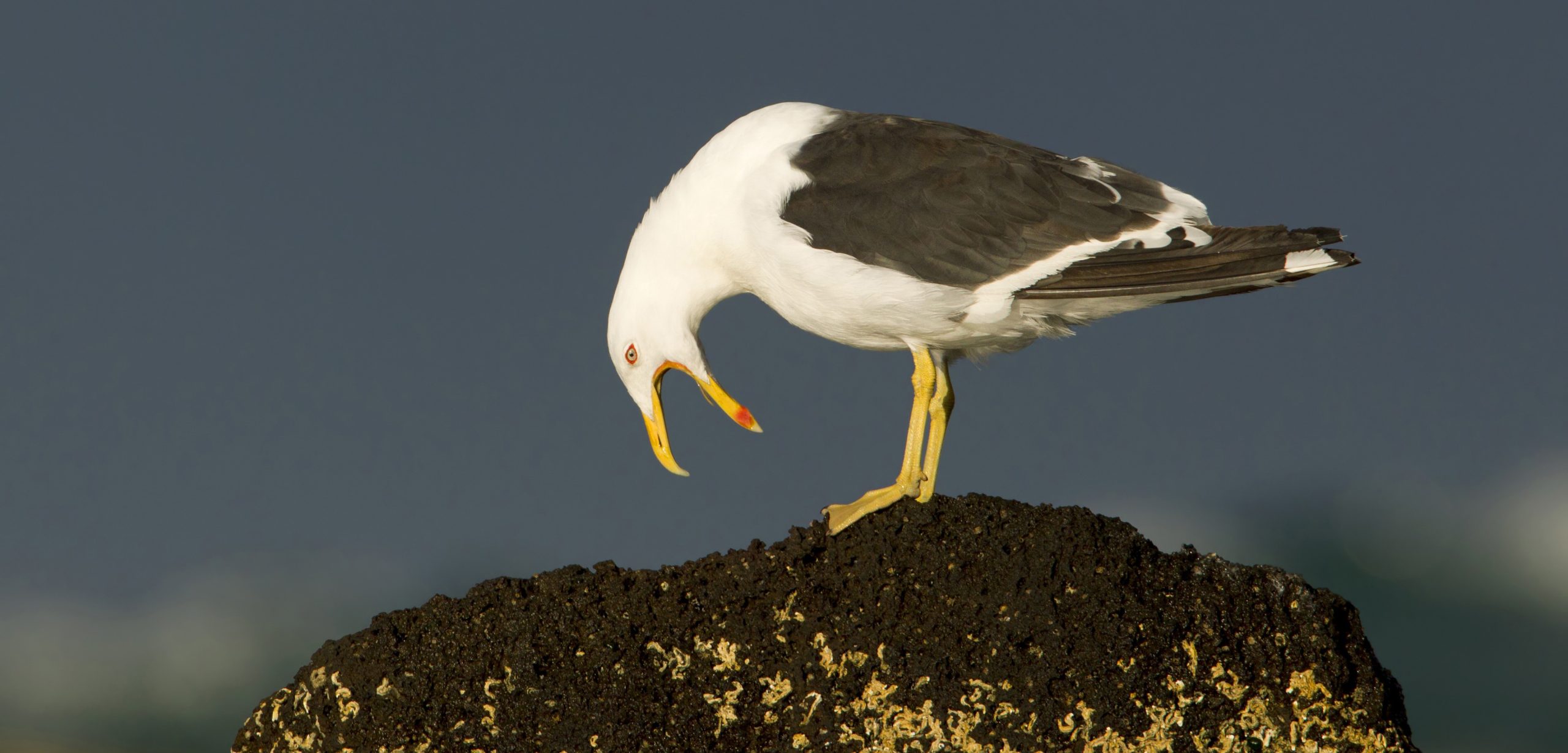Stories from the Seven Seas
A weekly roundup of coastal news.
Article body copy
Hakai Magazine is all about the coast, but other outlets sometimes share our fascination. Every week on Strand we collect our favorite coastal stories from around the web.
Gulls are snacking on baby seal eyeballs
by Sarah Keartes for EarthTouch
“When you think about seagulls, ninja assassin isn’t exactly the image that comes to mind. But according to a new study, kelp gulls (Larus dominicanus) in Namibia have devised a clever new strategy for finding dinner: eating the eyeballs of baby Cape fur seals (Arctocephalus pusillus pusillus). Nom nom.”
Drugs from the sea
by Matthew Braga for Motherboard
“Kerr is no ordinary bioprospector, either. He’s a marine bioprospector, a more recent vintage of bioprospecting that has emerged in recent decades as marine research, exploration, technologies, and techniques have improved. He visits oceans and lakes and wet aquatic areas, and hunts for molecules of note.
‘We know much more about microbes from terrestrial habitats than we do about marine habitats, but I think it’s quite clear that there is much more microbial diversity in the oceans than there is on land,’ Kerr told me. His speciality is the Arctic.”
This video shows how garbage patches form in the ocean
by Katie M. Palmer for Wired
“The sparse and chaotic buoy traces started to form patterns, coalescing into the five major garbage patches—the same pattern their original model had produced. This is the kind of result that data viz nerds live for—the replication of a single pattern, emerging from both real and simulated data.”
Do whales get the bends?
by Rachel A. Becker for National Geographic
“Once, scientists thought that diving sea creatures like the elusive, deep-diving Cuvier’s beaked whale were resistant to the bends, but mounting evidence suggests that this may not be entirely true.”
California drought: climate change plays a role, study says. But how big?
by Louis Sahagun for the Los Angeles Times
“A growing number of scientists have made the claim that climate change is at least partly responsible for California’s crippling drought. Now researchers have estimated the extent to which humans are to blame: between 8% and 27%.”
See the world’s biggest heart
by Zoe Gough for BBC Earth
“‘We had to get the chest cavity opened to expose the heart and then get in there and free the heart up from all of the surrounding tissues, getting in with what was left of the lungs and blood, pretty much up to my waist,’ explains Jacqueline Miller, a mammalogy technician from the ROM.
‘It took four of us to push the heart out through a window we’d made between the ribs and the side of the chest cavity.’”
Fourteen percent of U.S. coastline is covered in concrete
by Gabriel Popkin for Science
“[A] t least 22,842 kilometers of the nation’s ocean, estuary, bay, and tidal river shores are now ‘hardened’ or artificially armored against the waves. Hot spots include Boston, San Francisco, and many parts of Florida. If current trends continue, the researchers—who presented their findings at the Ecological Society of America’s annual meeting last week—project that up to one-third of the nation’s coastline could be hardened by 2100.”
10 years after Katrina, Louisiana’s fishing towns melting into the sea
by the Associated Press
“Ten years after Hurricane Katrina ravaged the Gulf Coast, killing more than 1,830 people and causing more than US$150 billion in damage in the nation’s costliest disaster, New Orleans has been fortified by a new $14.5 billion flood protection system. But outside the city, efforts have lagged to protect small towns and villages losing land every year to erosion.”
‘Diving for scallops’
by Christoph Gelfand and Caroline Losneck for The New York Times
“As with other fisheries around the world, his is changing fast. Just a few decades ago, hundreds of fishermen in Maine made a living harvesting sea scallops by hand along the ocean floor (‘diver scallops,’ as opposed to ‘day-boat scallops,’ which are harvested by boats that drag nets across the ocean floor). Now, with scallop populations under pressure, Mr. Sewell is one of only about 30 active scallop divers left in his state.”

